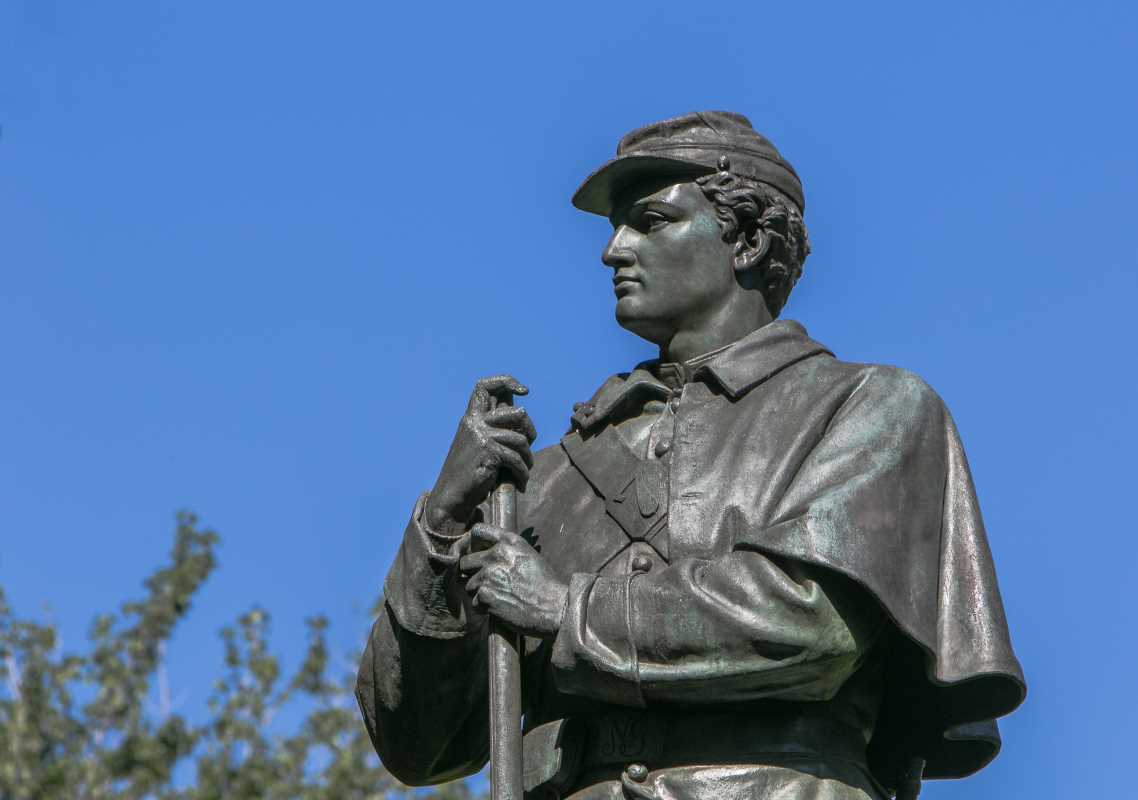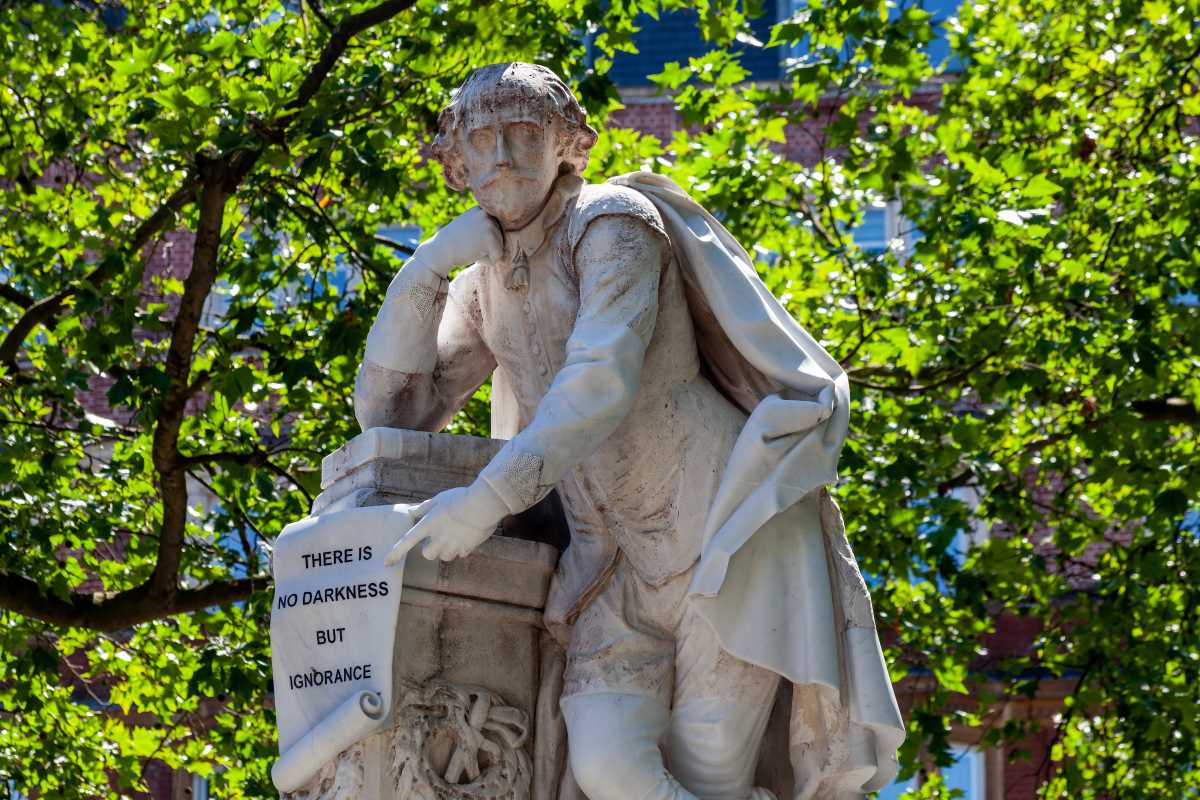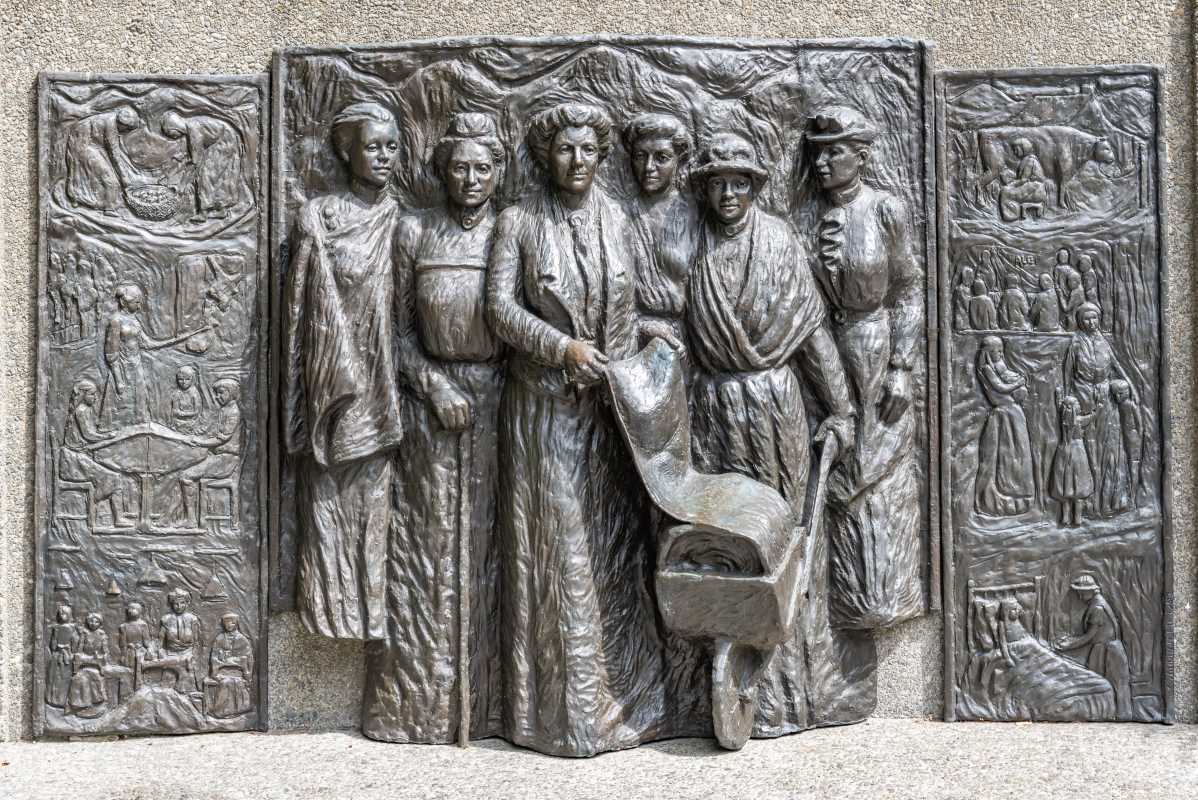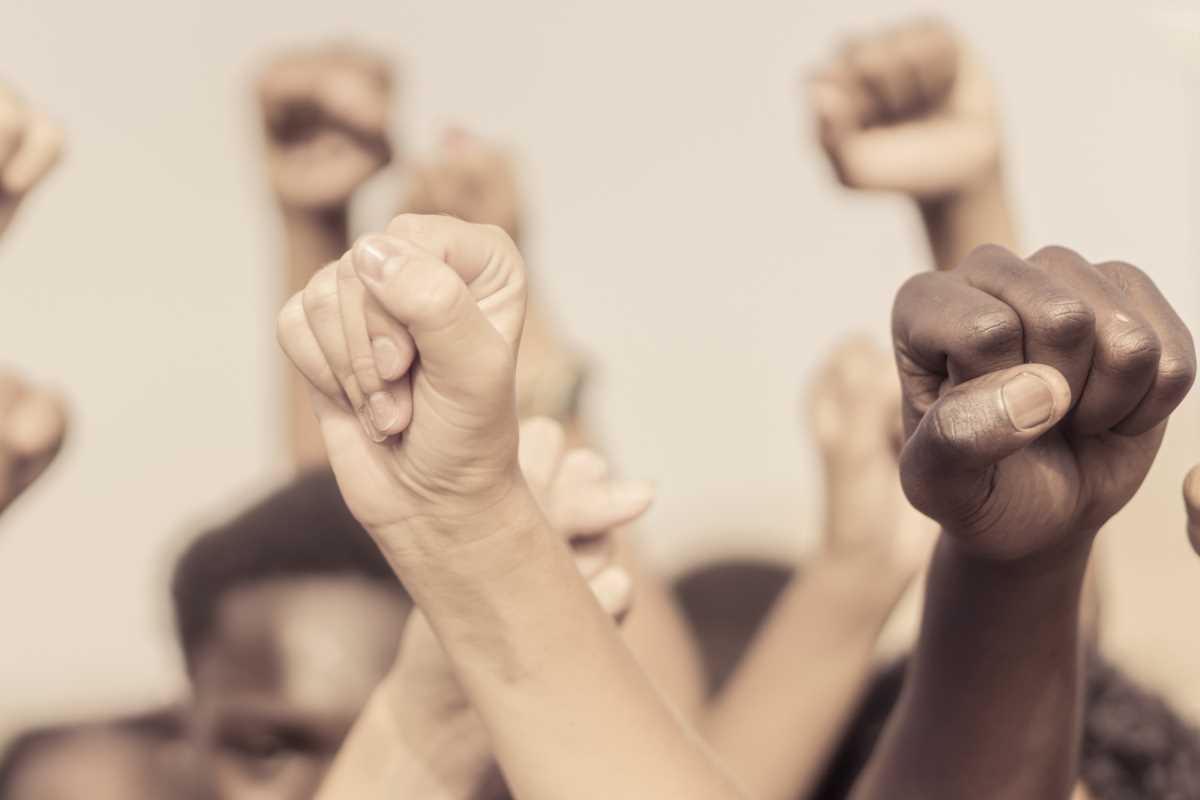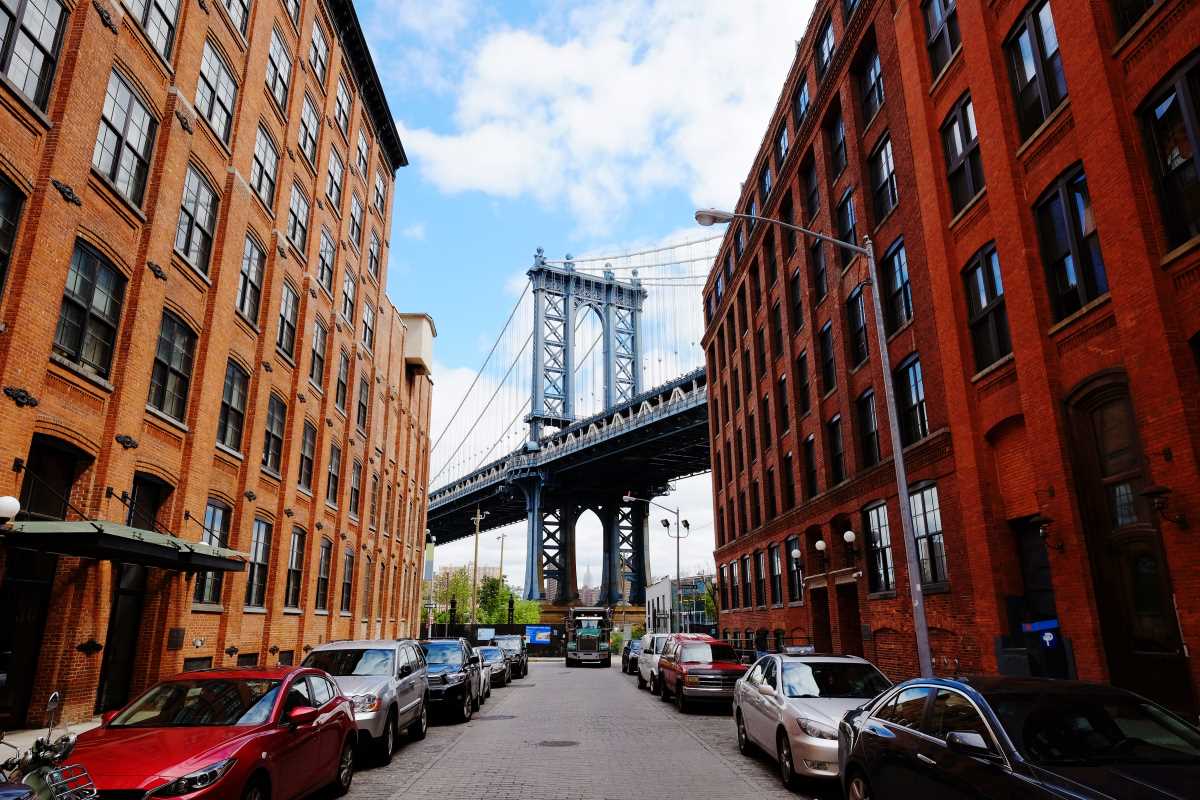When World War II came to an end in 1945, more than 16 million American men and women returned home from military service. Many of these veterans were eager to transition back into civilian life, but they faced massive challenges. Jobs were scarce, countless families had been disrupted, and the nation was grappling with economic uncertainty. That’s when the Servicemen’s Readjustment Act of 1944, better known as the GI Bill, stepped in and changed the course of history.
The GI Bill wasn’t just legislation; it was a lifeline. It provided veterans with benefits like funding for college, affordable home loans, and unemployment support. Of these benefits, the one that arguably left the deepest mark on America was financial assistance for higher education. The GI Bill made it possible for millions of veterans to attend college or vocational schools, opening doors that had once seemed locked. Over the decades, this program didn’t just transform the lives of veterans; it reshaped America’s middle class and created a ripple effect that continues to influence society today.
The Birth of the GI Bill
The GI Bill was signed into law by President Franklin D. Roosevelt in 1944, toward the end of World War II. Its purpose was simple but ambitious—to ensure that returning veterans had the resources they needed to reintegrate into the economy and society. Lawmakers also viewed it as a way to prevent the kind of economic downturn that followed World War I, when many veterans faced unemployment and poverty.
At its core, the GI Bill offered three main benefits:
- Educational support, including tuition and living expenses for colleges, universities, and vocational training.
- Home loan guarantees, which made it easier for veterans to buy homes without large down payments.
- Unemployment benefits, providing temporary financial support for those struggling to find work.
The educational benefits, in particular, were groundbreaking. Before the GI Bill, higher education was largely seen as a luxury reserved for the wealthy or academically elite. Working-class Americans often couldn’t afford college tuition, and the idea of attending a four-year university was out of reach for most. That all changed with the GI Bill.
A Wave of First-Time College Students
By covering tuition, textbooks, and even living expenses, the GI Bill allowed millions of veterans to enroll in colleges and universities. Between 1944 and 1956, nearly eight million veterans took advantage of these educational benefits. This influx of students wasn’t just a win for the veterans themselves; it changed the very landscape of higher education.
Colleges expanded to accommodate the rising number of students. Before the GI Bill, institutions of higher learning had a fairly limited audience. But with so many veterans attending, schools began upgrading facilities, hiring more instructors, and even creating entirely new programs. Some universities, like the State University of New York (SUNY) system, expanded dramatically during this time, largely in response to the demand created by the GI Bill.
For the first time, higher education became a real possibility for people from working-class and middle-class families. Many of these veterans were the first in their families to attend college, setting the stage for what we now think of as upward mobility. They didn’t just earn degrees; they gained access to better career opportunities, higher incomes, and a more stable future for their families.
The Boom of the American Middle Class
The impact of the GI Bill went far beyond education. By helping veterans earn college degrees, it paved the way for them to enter professions that required specialized knowledge or skills. This, in turn, contributed to the growth of the American middle class.
Over the 1950s and 1960s, America saw a dramatic rise in middle-class living standards. Veterans who had used the GI Bill to pursue college or vocational training were able to land well-paying jobs, buy homes, and support their families more comfortably. For many, the GI Bill made it possible to break free from cycles of poverty or low-wage work.
The housing boom of the post-war era was another major factor. GI Bill benefits made it affordable for many families to move into suburban homes, creating the idyllic image of post-war America that included picket fences, two-car garages, and backyard barbecues. This new wave of homeowners didn’t just transform neighborhoods; it also fueled the economy by boosting demand for construction, furniture, and other goods.
Challenges and Inequalities
While the GI Bill changed millions of lives, it’s important to acknowledge that its benefits were not distributed equally. Many African American veterans, for example, faced barriers when trying to use their GI Bill benefits. Discrimination, particularly in the South, meant that Black veterans struggled to gain admission to colleges or access home loans.
Historically Black Colleges and Universities (HBCUs) played a vital role in helping African American veterans access education, but these schools were often underfunded and overcrowded during the post-war period. Similarly, discriminatory housing policies and practices like redlining prevented many Black veterans from buying homes, even with GI Bill support. While the program had great potential to level the playing field, systemic racism often stood in the way.
Women, too, faced unique barriers. Although women served in the armed forces and were eligible for GI Bill benefits, many struggled to access education in male-dominated institutions or industries. However, for those women who were able to use the GI Bill, it became a stepping stone to greater economic and social independence.
The Long-Term Impact on Higher Education
The GI Bill didn’t just shape America in the immediate post-war era; it set the stage for the future of higher education. By proving that government investment in education could lead to widespread economic and social benefits, the GI Bill paved the way for future programs like student loans, grants, and state-funded scholarships.
Colleges became more than institutions for the elite. They transformed into engines of opportunity, producing skilled workers and educated leaders who would drive American innovation and growth. The culture of attending college became deeply embedded in American society, with parents encouraging their children to follow in their footsteps and earn degrees.
Even today, the idea that higher education can unlock opportunities owes much to the GI Bill. Policies designed to make college more affordable, such as Pell Grants and student loans for veterans, trace their origins back to this landmark legislation.
Inspiring Generational Change
One of the most remarkable aspects of the GI Bill is its generational impact. Veterans who earned degrees and found stable jobs were able to provide better opportunities for their children. The rising middle class wasn’t just about one generation; it created a foundation for future success.
Children of GI Bill beneficiaries often grew up in stable households, where education was valued and encouraged. Many of them went on to attend college themselves, creating a cycle of upward mobility. This long-lasting effect turned the GI Bill into one of the most influential programs in American history.
 (Image via
(Image via

